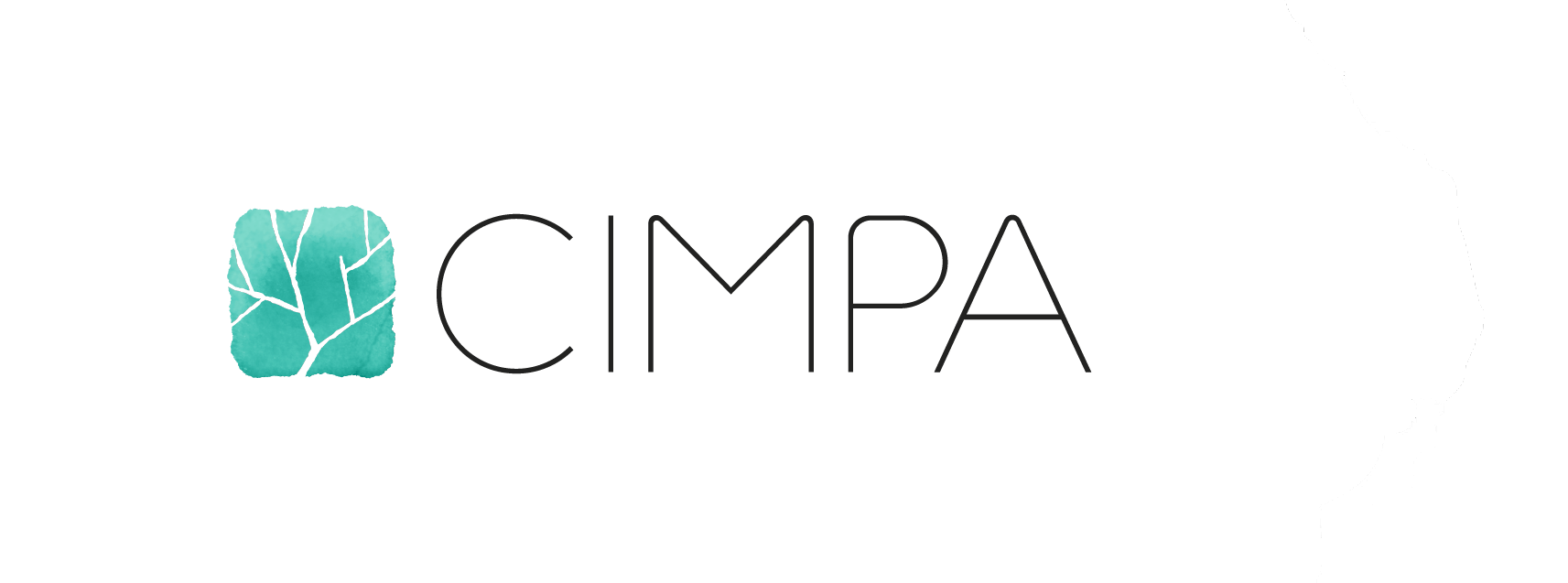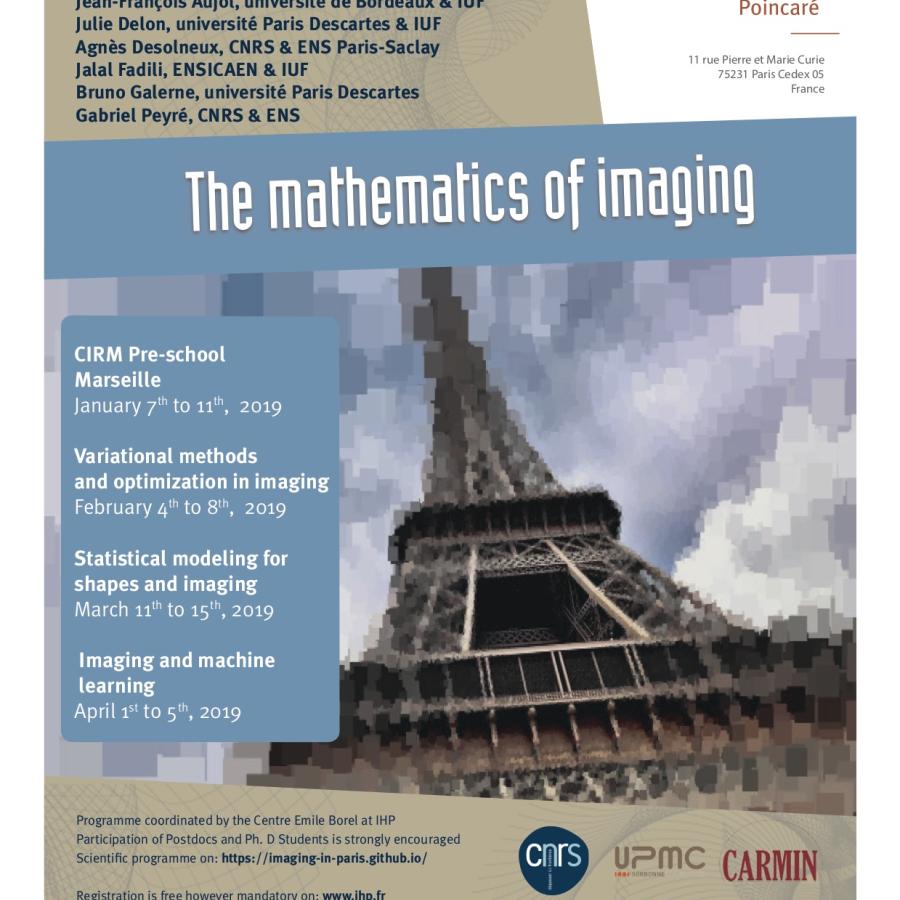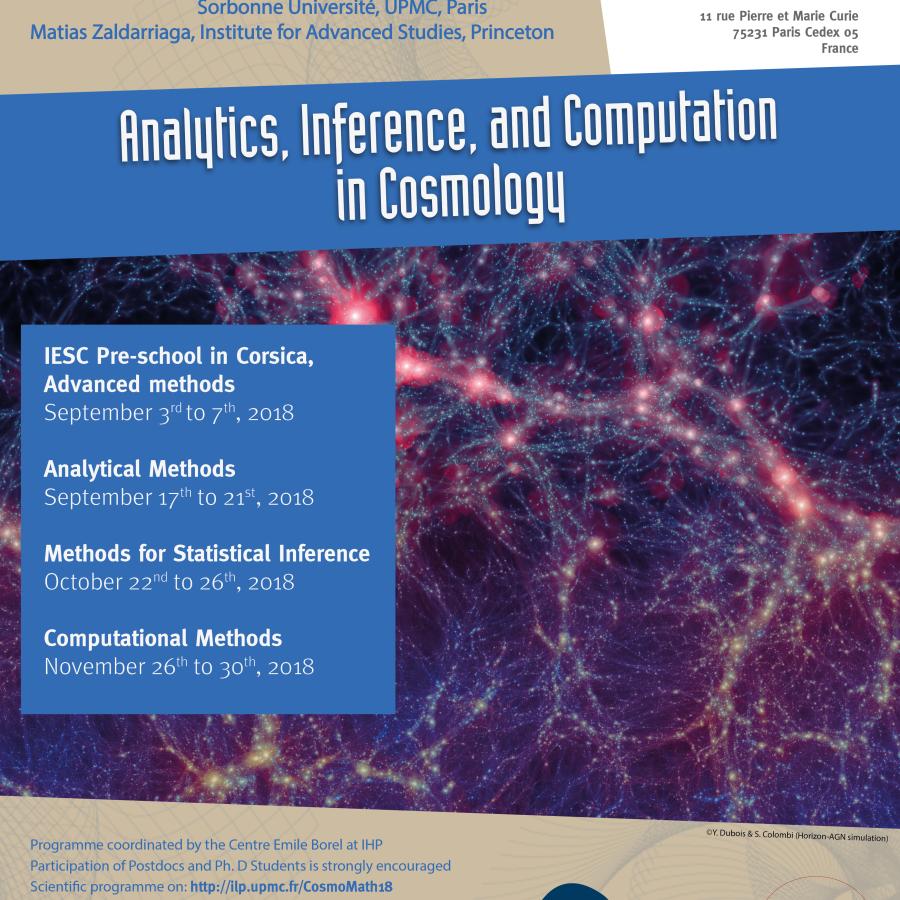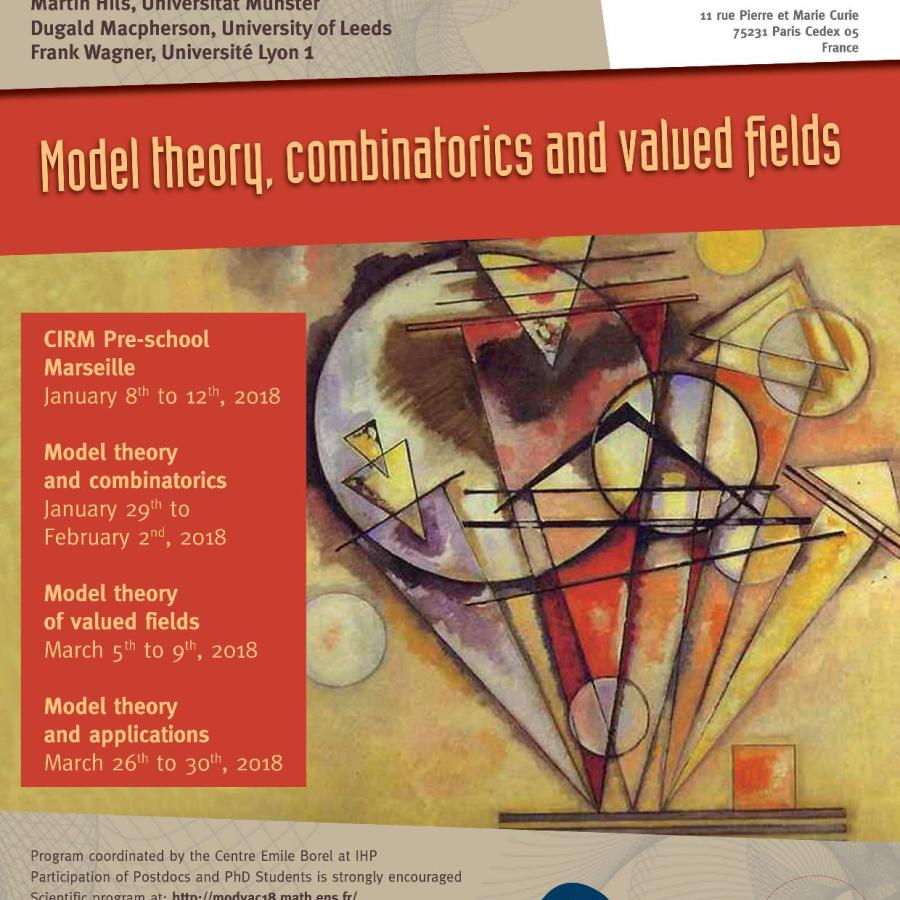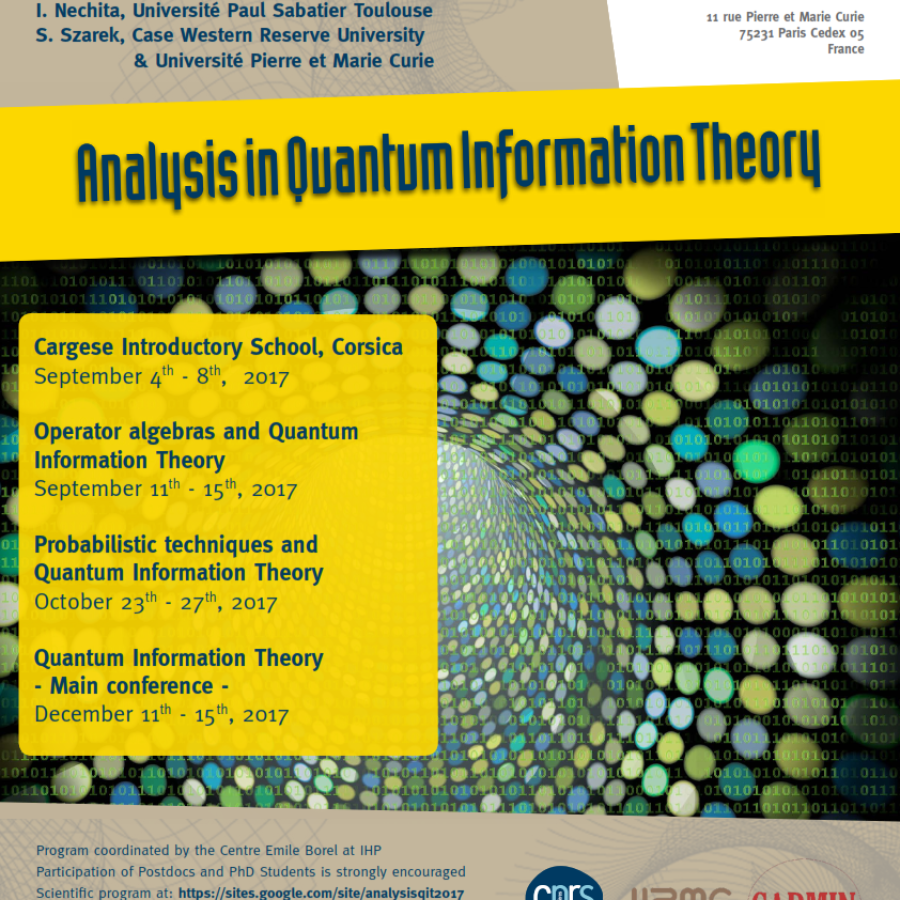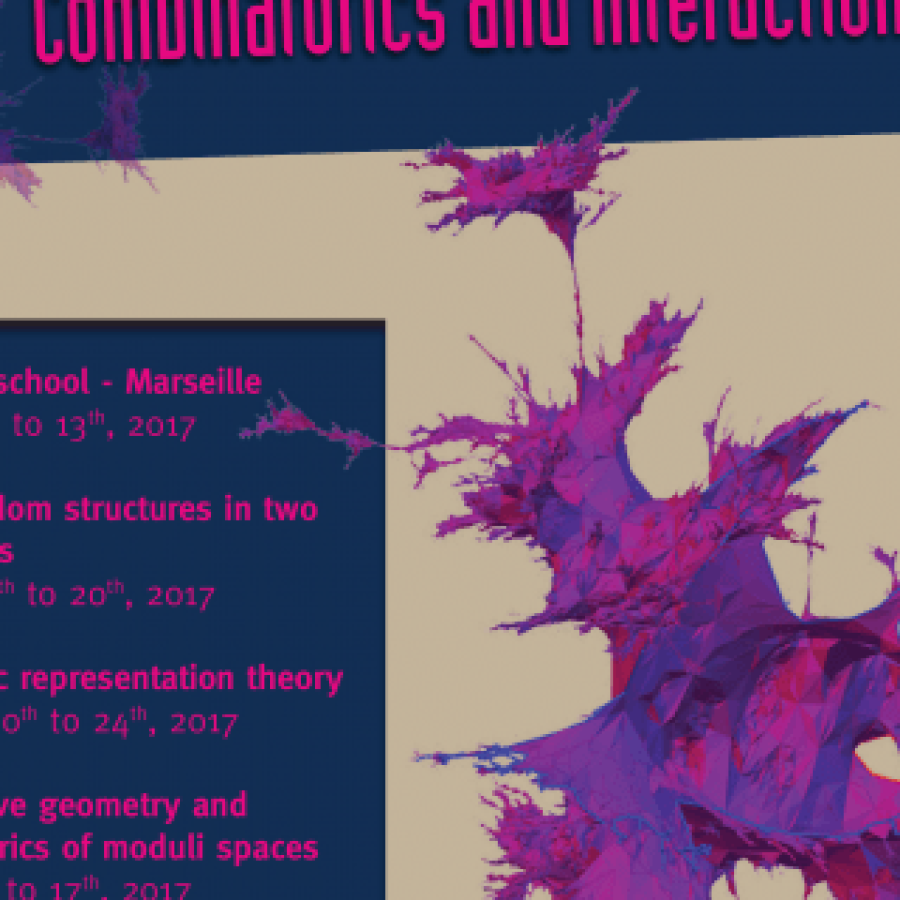The goal of this seminar is to cover the fields of the mathematics of imaging in a very wide sense (including for instance signal processing, image processing, computer graphics, computer vision, various applications and connections with statistics and machine learning)
Analytics, inference, and computation in cosmology
Cosmology is about understanding the origin and evolution of the universe and the formation of all structure within it — one of the most challenging intellectual projects undertaken by humanity. To make progress, we need the most powerful mathematical methods available: analytics to guide us through subtle theoretical issues, simulations to compute the detailed quantitative predictions of the theory, and statistical inference to confront these predictions with large cosmological data sets.
Measurement and control of quantum systems : theory and experiments
Constant improvements of lasers, cryogenics, electronics and nano-fabrication techniques enabled a new, bottom-up approach, where elementary quantum objects are manipulated individually and assembled into more and more complex systems. Thanks to the efforts of many experimental teams, including those of S. Haroche and D. J. Wineland who both received the Nobel Prize in 2012, motional states of trapped ions, internal states of atoms, light fields in optical cavities or mesoscopic currents in superconducting circuits can now be precisely controlled at the quantum level.
Model theory, combinatorics and valued fields
Model theory is a branch of mathematical logic which deals with the relationship between formal logical languages (e.g. first order logic, or variants such as continuous logic) and mathematical objects (e.g. groups, or Banach spaces). It analyses mathematical structures through the properties of the category of its definable sets.
Analysis in Quantum Information Theory
Quantum Information Theory (QIT) is a rapidly developing field whose significance ranges from fundamental issues in the foundations of quantum theory to new state-of-the-art methods for secure transmission of information.
Combinatorics and interactions
The main goal of this trimester is to give to researchers in combinatorics the opportunity to meet and work together. More precisely, we aim at gathering people from the three following wide themes:
Méthodes des Différences Finies
Mohamed MBEHOU
Summary:
EDP d’evolution
Patrick Tchepmo Djomegni
Summary:
ALGEBRA LINEAR
Leonardo Fernández Jambrina
Summary:
Géométrie et topologie des espaces de configuration
Ghani ZEGHIB
Summary:

